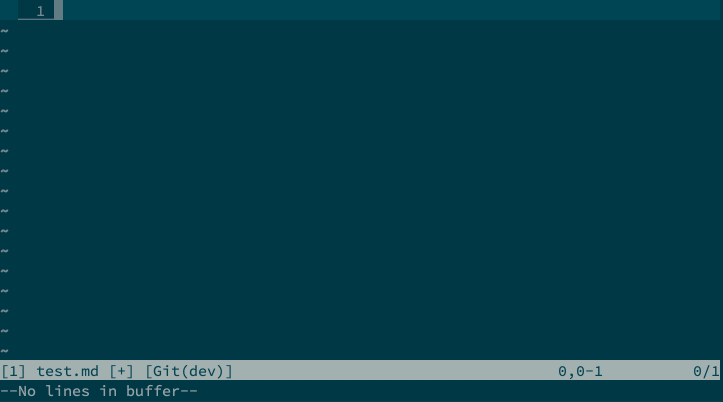Make your markdown interactive!
Use your preferred package management tool, for paq:
require "paq" { "dbridges/nvim-markdown-runner" }Place your cursor inside a fenced code block and execute :MarkdownRunner. This will echo the results of executing the code block. :MarkdownRunnerInsert will insert the results in a new fenced code block directly below. If there is an existing code block below tagged with language markdown-runner it will be replaced with the new results.
You might consider mapping these for easy usage:
autocmd FileType markdown nnoremap <buffer> <Leader>r :MarkdownRunner<CR>
autocmd FileType markdown nnoremap <buffer> <Leader>R :MarkdownRunnerInsert<CR>For full documentation:
:h markdown-runner
MarkdownRunner passes the code contained in the block to the specified language runner through stdin. By default the runner command is the same as the specified language, so
```python
print("Hello World")
```
will run with python.
If no source language is specified it will use $SHELL as the run command.
You can overwrite or specify new commands by updating the vim.g.markdown_runners table. Set this table's keys to either strings containing the shell commands to run, or a lua function which takes in a markdown runner object:
vim.g.markdown_runners = {
-- Specify an alternate shell command for a certain language
python = "python3",
-- Or supply a function for customized behavior
html = function (block)
-- block is a table with the following properties:
-- start_line the beginning line number of the block
-- end_line the ending line number of the block
-- cmd the language type of the code block
-- src a table containing the lines of code inside the block
return "results" -- Return a string with the results
end
}The Go runner will attempt to handle a variety of code blocks by (i) adding a default package declaration if one does not already exist, (ii) wrapping the entire code block in a main function, if main is not already defined, and (iii) running goimports on the final result. This lets you easily run code blocks without adding extra boilerplate, like this one in net/http:
resp, err := http.Get("http://example.com/")
if err != nil {
// handle error
}
defer resp.Body.Close()
body, err := ioutil.ReadAll(resp.Body)
fmt.Println(string(body))js and javascript code blocks will be run with node.
Vimscript code blocks will be directly sourced.
A simple curl wrapping REST client is also included and can be used by specifying an api code block. The api block tag can include options by appending the following strings:
.jsonaddsAcceptandContent-Typeheaders specifyingapplication/json..infoprints response headers along with the response body.
The syntax for the REST client is straightforward, as illustrated by these examples:
```api.json.info
GET localhost:3000/people
X-User: Admin
q=John
-u user:pass
```
- Headers are specified in the format
Header: Value. - Query params are specified in the format
param=value. - Lines starting with
-can be used to pass options directly tocurl, in this example adding basic auth username and password.
In POST, PATCH or PUT requests, the body is separated from the front matter by a single line:
```api.json.info
POST localhost:3000/people
{
"firstName": "New",
"lastName": "Person",
}
```
The wrapper enables curl's cooke jar functionality. The cookies can be cleared by running :MarkdownRunnerClearCache.
